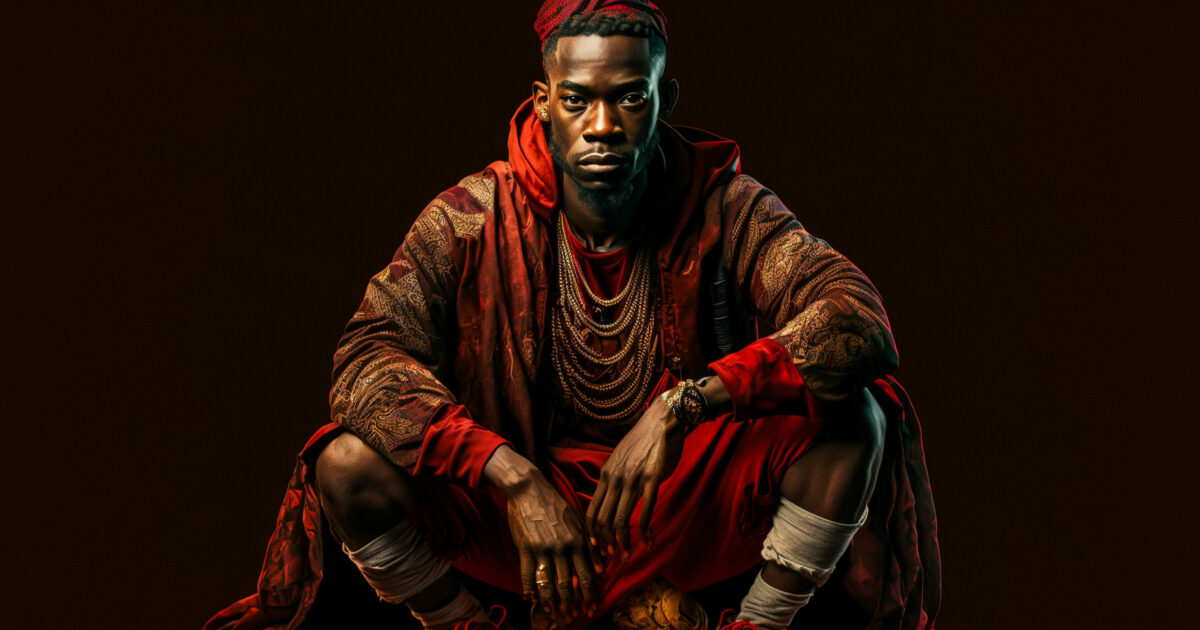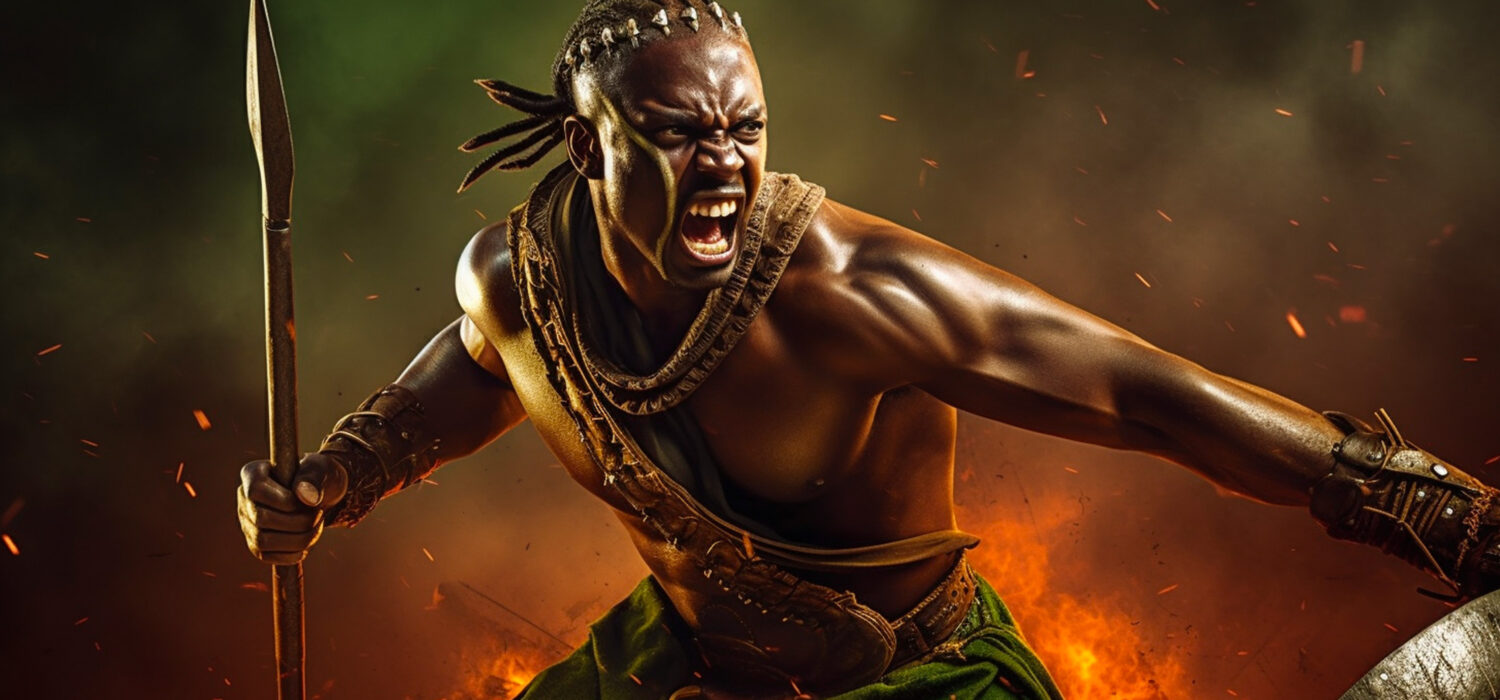HOW NJIA UHURU KIPURA CONNECTS THE KIPURA WARRIOR WITH THE MIND AND SKILLS OF THE GODS OF KONGO AND ALKEBULAN [ MISCALLED AFRICA ]
The Dance of Cleverness: Kipura, Orishas, and the Roots of Kipura
In the rhythmic movements of the Kipura warriors from Kongo, the cleverness and agility of each warrior echo the spirits of the BaKongo gods of Kongo and the Orishas. As we delve into the mystical dance that is Capoeira in Brazil, we find a rich tapestry woven with the power and wisdom of the gods from the BaKongo traditional spiritual practices.
Kipura: The Dance of Clever Warriors
Kipura, often miscalled Capoeira in the vibrant streets of Brazil, traces its roots back to the warriors of Kongo. These skilled fighters engaged not only in physical combat but also in a dance that was as much a display of cunning and intelligence as it was a form of self-defense. The movements of Kipura, with their fluidity and precision, are reminiscent of a choreographed battlefield.
The cleverness of the Kipura warriors finds resonance in the artistry of their movements, a dance that conceals deadly strikes within its rhythmic flow. The strategies employed by these warriors are not merely physical but involve a deep understanding of the opponent's psyche — a dance of wits as much as limbs.
The BaKongo Gods and Orishas: The Embodiment of Power and Wisdom
In the realms of BaKongo traditional spiritual practices, the Orishas reign as powerful deities, each possessing unique attributes and characteristics. As we draw parallels between Kipura and the Orishas, the connection becomes clear — the cleverness and prowess of the Kipura warriors find spiritual reflection in the personalities of the Orishas.
Eshu Ze Pilintra
Eshu, with his mischievous demeanor, mirrors the cleverness inherent in Kipura.
OGUN
Ogun, the god of iron and war, resonates with the strength and skill of the Kipura warriors.
OSUN
Oshun's grace and fluidity echo in the dance-like movements of Kipura.
Each Orisha embodies qualities that are reflected in the dynamic martial art.
Philosophy and Cosmology: From BaKongo to Brazil
The philosophies embedded in BaKongo spiritual practices reverberate through the halls of Capoeira roda. The emphasis on community, resilience, and adaptability finds its counterpart in the close-knit groups of Capoeiristas. The respect for hierarchy and the interconnectedness of the spiritual and physical worlds manifest in the rituals and traditions of both Kipura and the BaKongo.
The "street gangs" of Brazil, often misunderstood and stigmatized, bear the imprints of a cultural legacy that spans continents. The hierarchy within these groups reflects the spiritual order of the BaKongo, where leaders are not just fighters but guardians of traditions and wisdom.
Feats of Legend: From Kipura to the Gods
In the feats attributed to legendary warriors and gods, we find echoes of the movements within Kipura. The swift acrobatics, the deceptive footwork, and the calculated strikes are not just physical expressions but a homage to the gods and ancestors who paved the way.
The legendary warriors of BaKongo, akin to the Orishas, become inspirations for the practitioners of Kipura. It is not just a martial art but a cultural dialogue that transcends time and borders.
Conclusion: The Dance Continues
As we witness the dance of Kipura through the Njia Uhuru Kipura of THE ATACX GYM in the streets, Black neighborhoods and other places in The United States, throughout Eaat, West, Central, and South Central Alkebulan miscalled Africa, and on the streets of Brazil, let us remember that each movement carries the weight of history, spirituality, and the wisdom of ages. The cleverness of the warriors, the power of the Orishas, and the unique philosophies intertwine, creating a dance that is both a physical art form and a spiritual journey. Kipura from Kongo in Alkebulan...miscalled "Capoeira" due to the centuries old mistake started in Brazil during the year 1712 by the racist Catholic priest Raphael Bluteau who first coined the word "Capoeira" in print ( Raphael Bluteau was Catholic and hostile to Alkebulan miscalled African philosophy culture language and especially Alkebulan spirituality. Therefore the way he was raised...with intense colonial racism, denying the value of anything non-European and non-Catholic, inevitably led to him misunderstanding, misspelling and mispronouncing "Kipura " ) was born in Kongo, prior to the rise of thr modern Empire of Kongo before the 13th Centure CE/AD. Modern Kipura most probably arose in the magnificent Kingdom of Bamba, and was shared with The Lamtuna [ primarily Black Berbers spanning The Sahel/Sahara Desert and neighboring kingdoms ) and Godala of Cameroon both being Black people of Alkebulan miscalled Africa...and both later famously and erroneously called MOROS and MOORS
not only civilized Europe and revitalized the flagging civilizations of most of Southeast Asia, their indomitable spirit and contributions still helps guide the world today.
Thr magnificent Kipura of Kongo passes its legacy to the modern day not just through The Njia Uhuru Kipura system of THE ATACX GYM, but also from the resilience of the oppressed. It emerges not just as a martial art but as a living testament to the endurance of culture. In every spin, kick, and dodge, we hear the whispers of BaKongo, the echoes of Orishas, and the rhythm of a people who dance through history.








Comments
Post a Comment